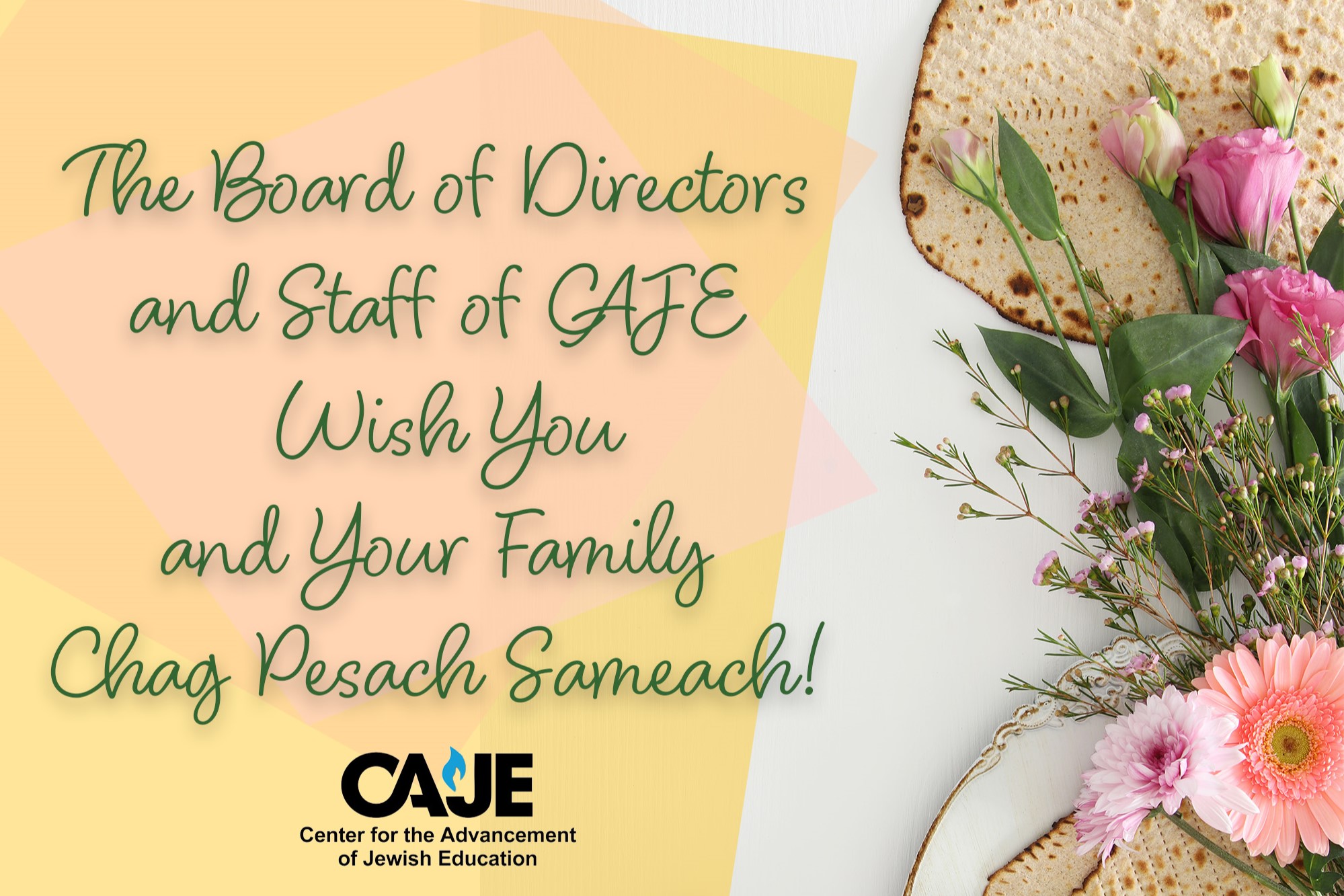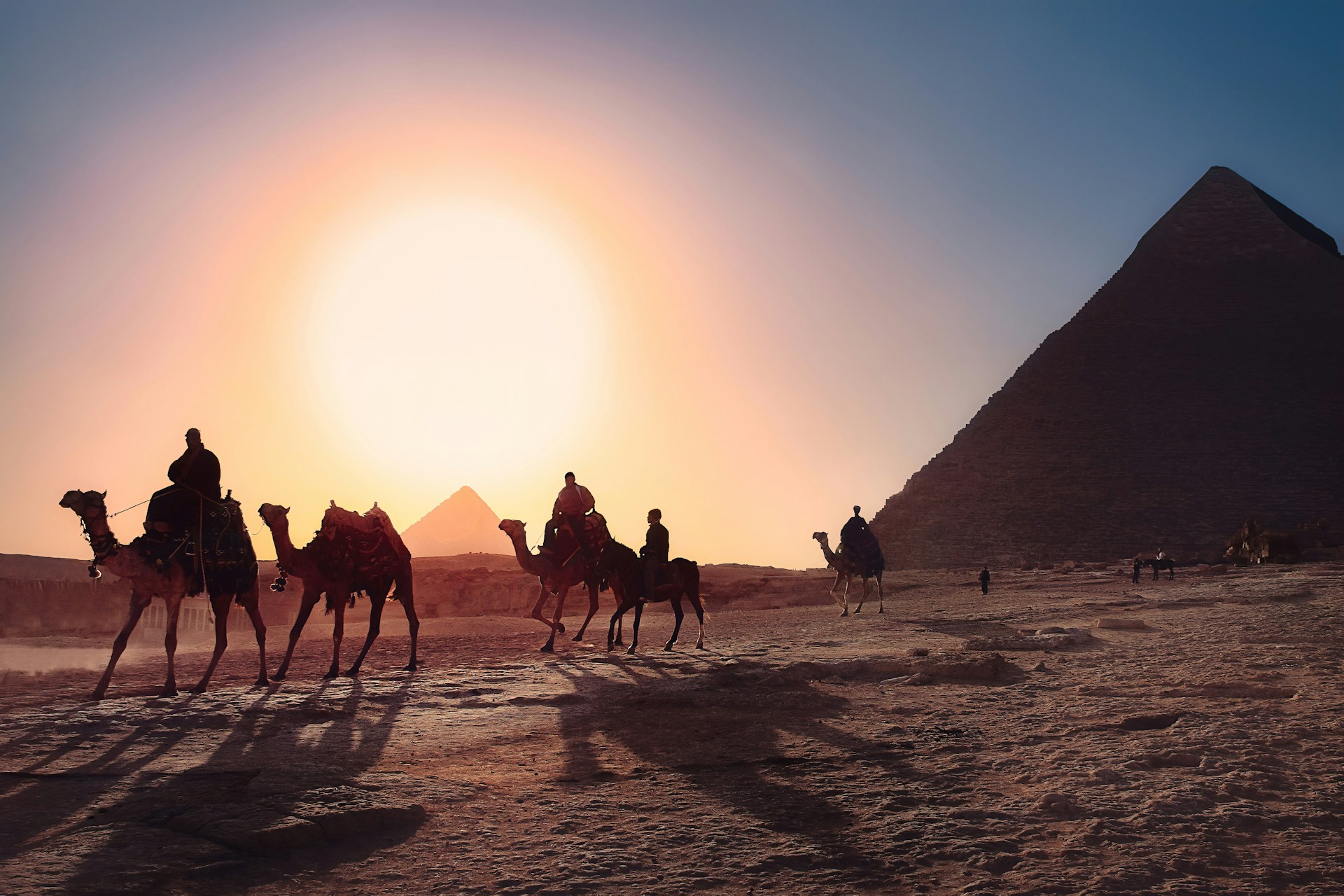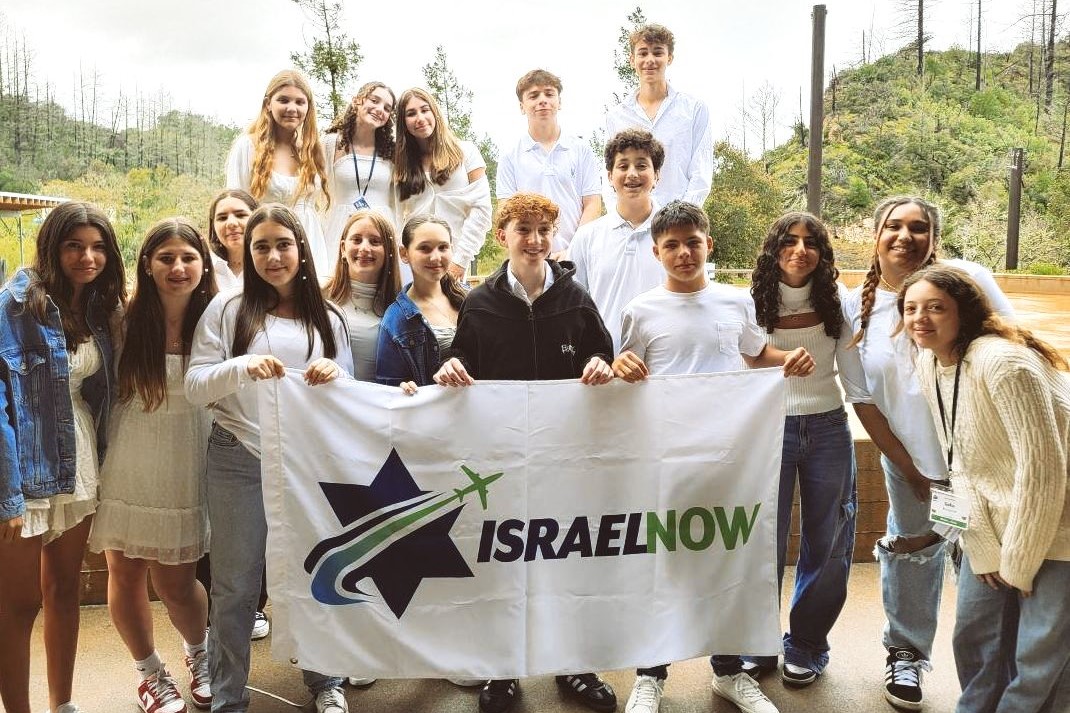A Tale of Three Menorahs

This week’s Dvar Torah was adapted from one written by Rabbi Yitz Greenberg, Senior Scholar-in-Residence and President of the J.J. Greenberg Institute at Hadar.

Photo by Gary Sankary on Unsplash
Our parashah, BeHa’alotekha, contains one of the classic symbols of Jewish religion, the menorah. The menorah is a symbol that was absorbed from the outside culture but became a primary channel of Jewish teaching and values. This development itself illuminates the Jewish way through history.
Judaism is a covenant of tikkun olam, i.e.: if humanity plays its proper role of repairing the world (in partnership with God), this planet will be turned into a paradise. Jewish religion teaches that this worthy mission is one to which all humans should commit their lives.
This covenant is not a one-time contract. It is rather a commitment to a journey through history, teaching these ideas, serving as role-models for the work, and working with other nations and religions as well.1 Overall, Jewry has faithfully clung to its mission. It has taught these values in times when such ideas were more credible and in times when they went against the grain of the general civilization.
In the course of this journey, Judaism has sometimes absorbed symbols and religious icons from outside cultures, and has also been open to the reshaping of its own symbols. The menorah is a particularly illuminating example of this process.
The menorah was widely present in civilizations contemporary with the Bible. Later Jewish authorities raised the question of the dissonance in the use of the symbol of the menorah. In lighting candles, one seems to be making light for God—as is done in pagan religions— whereas the Jewish view is that God shines light for others and does not need to be supplied with light, as it says in Psalm 36:10: “Be’orkha nir’eh or / by Your light, we see light.”
But the menorah was absorbed into Jewish culture because it represented a central and most important image of the Jewish religion: the Tree of Life, the base being the trunk, and the branches, the arboreal coverage. Therefore, the menorah took on the symbolic meanings of two distinct manifestations of this central Jewish image.
First, life is planted in God. Life is not an atomistic physical power. Rather, everywhere life is found, it grows in—and is nurtured by—the unseen Divine Ground. Second, the menorah evokes the actual Tree of Life in the Garden of Eden which, “if one eats from it, one will live forever” (Genesis 3:22). This is a harbinger of the ultimate and most visionary idea of Judaism, that we can overcome death. “Bila ha-mavet la-netzah / death will be swallowed up in eternity” (Isaiah 25:8)…
Sometimes, a symbol is so rich that it grows in usage through the ages. Out of perennial usage, the symbol becomes more deeply embedded. Out of multiple applications, it speaks in new and different ways in different cultures over time. So it has been with the menorah.
The Temple menorah and its service came under attack during Maccabean times. In fact, the Greek Hellenists polluted the sacred oils and cut off access to the Temple service for traditional Jews. Still, the Jews stood fast. They fought the Maccabean wars over this very issue.2
And when they won the war and recovered the Temple, they purified the oils and reinstated the menorah service in all its glory.
One outcome was that when the Maccabees felt they wanted to celebrate the miracle of winning the war and of restoring the menorah, the cost in war—in lives, and in religious devotion to restore the Temple service—only made it more precious in their eyes.
Therefore, they wanted to acknowledge this in the form of a menorah that would reflect the victory, but would not be identical with the Temple menorah, precisely because it had become too holy to duplicate.3
So, they ended up creating a second instantiation of the menorah. This time, the candelabrum had nine branches with a central trunk in the middle and the other eight branches orienting to the central trunk.
This version reflected and preserved the idea of the Temple seven-branch candelabra, in which the three lights on each side oriented toward the central trunk—but without duplicating the iconic Temple version. The outcome was a kind of a second expression of the symbol—similar in structure, but differentiated.
During the Roman wars, the Temple’s menorah was taken to Rome and paraded in the victory march. The Arch of Titus was emblazoned with the menorah as an icon of the Roman victory. To Jews, however, it became all the more valued as a religious symbol that was taken from us by force, and which we could not restore because of our political and military weakness.
And yet, we never accepted this outcome as a fait accompli. We dreamed and planned of the day when we would rebuild Israel and recover the menorah.
One paradoxical effect of this deprivation was that the Hanukkah menorah version spread widely, in highly diversified forms, because it could be created in every creative form, shaping, or expression of art…
When the modern political Zionist movement began, it was mostly started by secular Jews. While the religious message was less central to them, the menorah had become more powerful to them as the symbol of the land from which we were taken by force and to which we were denied access.
As secularists, they were less inhibited by the idea of duplicating a biblical image, and so the Zionist movement adopted the biblical menorah as a central icon. Israel’s first Knesset building, the Jewish Agency building, featured a massive menorah, and so does the modern day Knesset. Indeed, that menorah is the official emblem of the State of Israel.
In the twentieth century, Jewry was struck by the tragedy of the Holocaust. One of the most powerful rituals of memory initiated by the folk was to light a candle in memory of the dead. This evolved into a modern custom of lighting one candle for each million of the six million martyrs. Hence, this image of a cluster of candles rose to the surface again, this time numbered six, when I first encountered Yad Vashem in 1961…
The institution went ahead and issued the six-branched menorah—the official Yad Vashem Holocaust menorah, still offered to the world as an official symbol of Holocaust memory. This model, without a trunk, simultaneously evoked the rich history of the menorah while preserving the distinctiveness of this tragedy with its own icon of memory.
I believe that lighting a candle is one of the most evocative memorials to the dead. Since a cluster of light evokes the Tree of Life, it is a subtle reaffirmation image of our continuing belief that life is grounded in God and that our belief in the ultimate triumph of life is unbroken. To this day, the menorah represents Jewish renewal and the ongoing counterforce of life, responding to this horrific—albeit temporary—period of death.
I tell this tale of three menorahs as an inspiring example of religious historical development— albeit not without an occasional private twinge that there might have been multiple iterations more widely adopted as a symbol for the Sho’ah. The challenge of creating an appropriate authentic icon of such a tragedy was a staggering one. I am deeply grateful to the Yad Vashem authorities who had the profound religious historical consciousness to create a new menorah.
1 See some of my prior thoughts in my essay on Parashat Lekh Lekha, “Covenantal Pluralism,” available here: https://www.hadar.org/torah-resource/covenantal-pluralism, and my essay on Parashat VeYehi, “The Covenant Between the Generations,” available here: https://www.hadar.org/torah-resource/covenant-between-generations.
2 See my essay on Parashat Mikeitz, “Learning the Lessons of Hanukkah, Then and Now,” available here: https://www.hadar.org/torah-resource/learning-lessons-hanukkah.
3 For a Rabbinic discussion of this prohibition, see the traditions towards the bottom of Babylonian Talmud Avodah Zarah 43a.
Shabbat Shalom!




